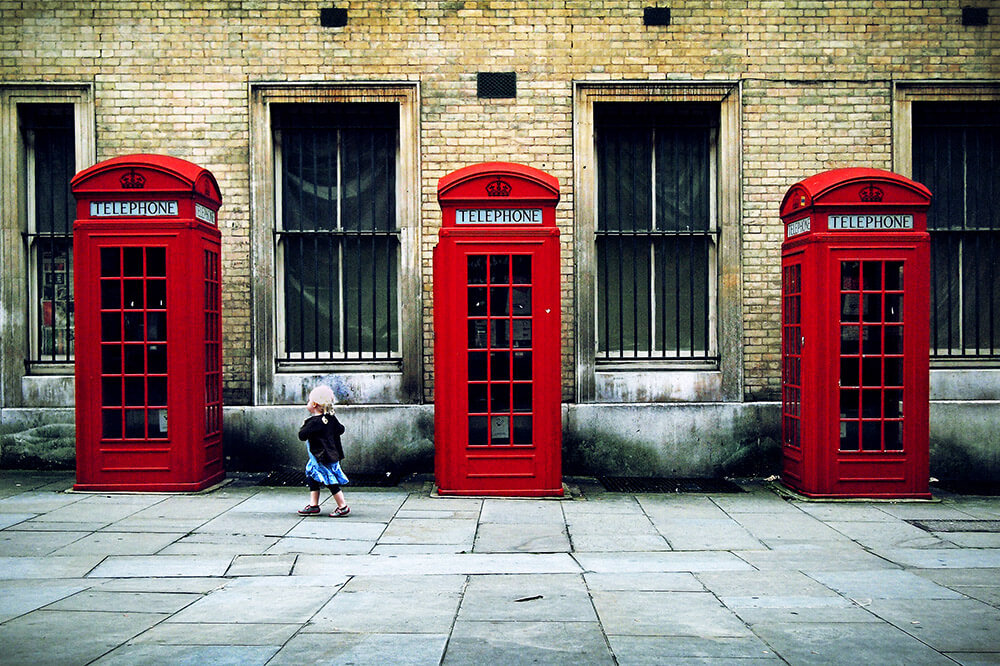All About Street Photographers
All About Street Photographers
Blog Article
All about Street Photographers
Table of ContentsStreet Photographers for DummiesStreet Photographers - QuestionsThe Basic Principles Of Street Photographers Things about Street PhotographersSome Of Street Photographers
A genre of digital photography that documents everyday life in a public location. The very publicness of the setting enables the professional photographer to take honest images of complete strangers, typically without their understanding. Road photographers do not always have a social objective in mind, however they choose to isolate and catch minutes which could or else go undetected (Street Photographers).Though he was influenced by a number of those who affected the street digital photographers of the 1950s and '60s, he was not chiefly thinking about catching the spirit of the road. The impulse to aesthetically document people in public began with 19th-century painters such as Edgar Degas, douard Manet, and Henri de Toulouse-Lautrec, that functioned side by side with professional photographers attempting to record the essence of urban life.
While the digital photographers' subject was essentially the exact same, the results were markedly different, showing the effect of the digital photographer's intent on the personality of the images he created.
Given the fine top quality of his pictures and the breadth of material, engineers and artists frequently purchased Atget's prints to use as referral for their own job, though commercial passions were rarely his main inspiration. Instead, he was driven to picture every last remnant of the Paris he liked. The mingled passion and seriousness of his mission luster through, leading to pictures that tell his very own experience of the city, top qualities that anticipated road digital photography of the 20th century.
The Only Guide to Street Photographers
They disclose the city with his eyes. His work and fundamental understanding of photography as an art type offered as inspiration to generations of photographers that followed. The future generation of street professional photographers, though they likely did not describe themselves because of this, was introduced by the photojournalism of Hungarian-born photographer Andr Kertsz.
Unlike his peers, Brassa utilized a larger-format Voigtlnder video camera with a much longer exposure time, forcing him to be more computed and thoughtful in his practice than he may have been if making use of a Leica. (It is believed that he might not have actually been able to afford a Leica back then, yet he did, however, make use of one in the late 1950s to take colour photographs.) Brassa's pictures of the Paris abyss brightened by synthetic light were a revelation, and the compilation of the collection that he published, (1933 ), was a major success.
Cartier-Bresson was a champion of the Leica electronic camera and one of the very first photographers to maximize its abilities. The Leica permitted the photographer to engage with the environments and to catch moments as they occurred. Its reasonably little dimension additionally helped the digital photographer fade right into the background, which was Cartier-Bresson's recommended method.
Street Photographers for Dummies
It is due to this basic understanding of the art of photo taking that he is often attributed with finding the medium around again about a century given that its development. He took photos for greater than a half century and affected generations of digital photographers to trust their eye and intuition in the minute.
These are the questions I will try to answer: And then I'll leave you with my very own definition of road photography. Yes, we do. Allow's begin with specifying what a definition is: According to (Street Photographers) it is: "The act of defining, or of making something precise, unique, or clear"
No, certainly not. The term is both limiting and misleading. Seems like a road photography ought to be pictures of a roads appropriate?! And all road digital photographers, besides a small number of outright novices, will fully value that a street is not the key element to street digital photography, and really if it's view a photo of a road with maybe a few dull people not doing anything of interest, that's not street photography that's a snapshot of a road.
The Ultimate Guide To Street Photographers
He makes a valid factor don't you believe? While I agree with him I'm not sure "honest public digital photography" will certainly catch on (although I do kind of like the term "honest photography") due to the fact that "road photography" has actually been around for a long time, with numerous masters' names attached to it, so I believe the term is below to stay (Street Photographers).
You can shoot at the beach, at a festival, in a street, in a park, in a piazza, in a cafe, at a museum or art gallery, in a city terminal, at an informative post event, on a bridge, under a bridge ...
Yes, I'm afraid we have no choice! Without regulations we can not have a meaning, and without an interpretation we don't have a genre, and without a category we don't have anything to define what we do, and so we are stuck in a "rules interpretation style" loophole!
The Facts About Street Photographers Uncovered

Report this page